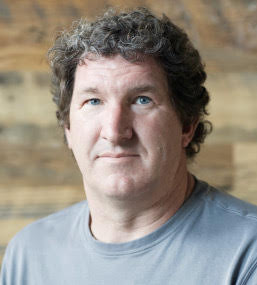
Jay Kruse, Head of Hardware, eero
“Consider how much RF performance you are getting for the money you are putting in, the number of watts you are putting in, and the area or size of the device.”
When designing a wireless device, you must first understand what you need to achieve with that device. Then, within that framework of requirements, consider how much radio-frequency (RF) performance you are getting for the money you are putting in, the number of watts you are putting in, and the area or size of the device. When designing a wireless system, you need a feel for the numbers:
• RF Performance. This measure is the total RF performance, including frequency, range, output power and throughput. You need RF technology that delivers on bandwidth and range requirements, but you must balance that delivery against power consumption. Increasing the range requires more power.
• Input watts. This measure is the power consumption of your device. It dictates power supply, battery size, and how long the device will operate on a single battery charge. Input watts combined with device size dictates power efficiency requirements, another factor that influences RF technology choices.
• Area. This measure is the physical size of your device, which determines the components it can contain, component types and configuration, and battery size. Think about the area, how much power the device will consume, and how it impacts system thermals. As devices become smaller, the importance of power efficiency increases.



